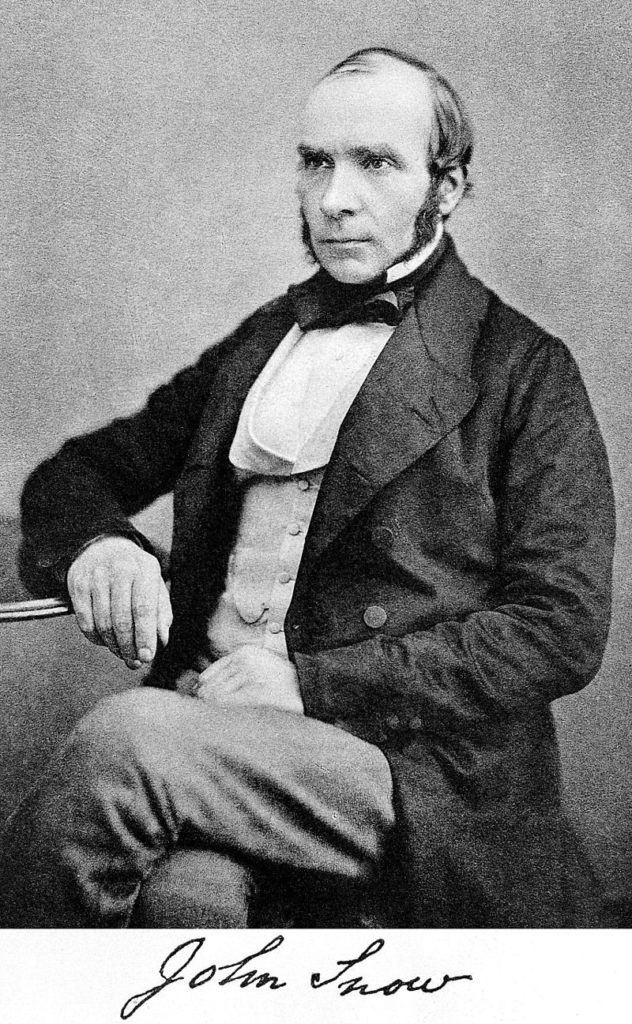Data journalism: understanding reality through numbers – only one data journalist in the EU bubble, Ioannis Antypas
Traditional journalism is based on investigation and interviews – plus analysis. Generations ago, these journalists were working exclusively with print media. Later on, radio and TV journalism came, since the beginning of this century a fourth category arrived: internet journalists. If you look at the figures, there are all over the world some hundreds of thousands of individuals as journalists.
In the late 2000s a new of journalism emerged: data journalism. The roots of this form of journalism go back, in a certain way to 1854, when the English medical doctor John Snow wanted to know more about the origins of cholera. With his notebook, he moved around London and wrote down where new Cholera cases had arrived. When he found out that around water wells the number of cholera cases was extremely high, while around beer breweries it was extremely low, he could support the idea that this disease is linked to unclean water.

The democratization of programming languages (Python, R, JavaScript etc) allows journalists to crunch a massive amount of data to answer one question: what is the problem? Data is an image of reality put into numbers. To the bare eye, it is often hard to get the broader picture – but with the help of automation, one can extract undiscovered trends, shifts and changes.
The next step is then to visualize the result. This data visualization is in general working with little text – often even without it. Colors, shapes and maps are used – and often new ideas are born in data news rooms internationally.
What is needed to become a data journalist? Journalistic experience always helps, but advanced programming skills are essential – plus a sense of what is the most accurate method to visualize the analysis. The beauty of today is that everything one needs to perform is available via open-source on the internet.
It is standard practice that data journalists always upload and share their data – and the code they used – so everyone can replicate the research: that means transparent and accountable journalism.
If we are looking on the numbers, we see that data journalists are extremely rare – there are less than 300 worldwide, some 70 in Europe and only one in the EU bubble in Brussels: Ioannis Antypas. I had a drink with him on Place Luxembourg in Brussels and learned about data journalism through three stories he produced:
- For Politico: The difference in lobbying spending in the old 15 EU countries and the new 13 ones
- For Euronews: An analysis of the use of EU funds for the migration agreement with Turkey
- For Deutsche Welle: An analysis of the stability of the Greek economy after the end of the last bail-out
As the European Commission is committed to transparency there is a wealth of data available but not yet effectively tapped into. Therefore it is quite probable that Ioannis Antypas will not remain too long the only data journalist in the Brussels EU bubble.

In the so called post-truth society we live in, where Europe is experiencing seismic events due to misinformation, a factual data-based approach is needed more than ever. Should more data journalists like Ioannis Antypas shift their attention to EU data reporting, then it would be possible to begin talking about a potential shift on how citizens are informed about the EU work and how it affects their lives.



